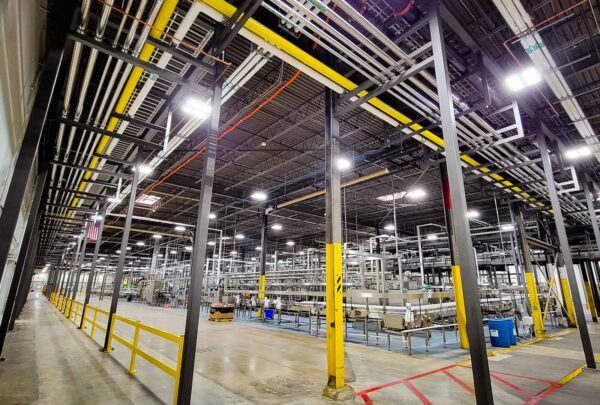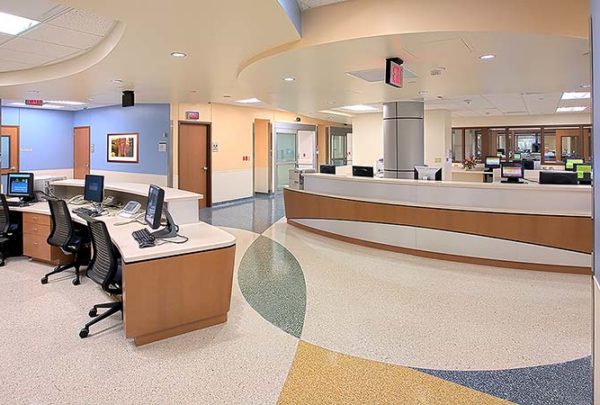The healthcare supply chain is complex, and the role it plays in supporting patient care is critical. Around the world, it is challenged daily with the logistics and manufacturing of medical and surgical products, biomedical equipment, and pharmaceuticals. It is also confronted daily with disasters and catastrophic events that can cause distinct strains on the supply chain depending on the type of event. Because of the catastrophic impact of a failure, emergency planning response considerations, contingencies, and recovery plans need to be in place and understood by all affected parties, including owners, operators, coalitions, and end-users.
Planning to Meet Patient Care Demands
The current pandemic has highlighted these very issues and challenged our healthcare system in new and unimaginable ways, while at the same time highlighting some unique opportunities to improve how we prepare and deliver healthcare supply chain resources in the future. The operations and effectiveness of our healthcare supply chain have become a significant topic, not only because of the global crisis but also due to the continuation of mergers, acquisitions, expansions, and consolidation of key services. This creates a profound challenge with serving customers in a timely manner and meeting new delivery demands cost-effectively. Because of the sheer supply chain volume and clinical complexity, it also creates vulnerabilities and infrastructure strains when confronted with issues such as:
- Natural Disasters – Natural disasters, including weather, earthquakes, and wildfires, can disrupt the healthcare supply chain in multiple regions and in all parts of the world.
- Human-Caused Disasters – These include cyber-attacks, terrorism, and unintentional events like oil spills and damage to products.
- Public Health Threats – Biological threats like outbreaks of common and emerging diseases and biological attacks can create a dramatic and sustained increased demand for products and medical supplies.
What is unique about public health threats is that responses must be coordinated with public health sector partners – via public health officials (state, local, and federal, including the Strategic National Stockpile (SNS)) – and this coordination is critical in the availability, execution, and sustainability of medical supplies. Public health sector partners play a significant role in supply chain operations through activation of programs, language included in emergency declarations and public messaging, prioritization of supplies, and more. Vendors for commonly needed products during these events, including vaccines and personal protective equipment (PPE), are often limited, and depending on the nature of the event, demand for these products can far exceed production capacity. For these reasons, it is imperative that health systems plan appropriately for disruptions in their supply and are prepared to meet patient care demands.
With that said, all stakeholders should focus on reducing or eliminating as many hazards and vulnerabilities while identifying key actions that will enhance healthcare systems’ resilience regardless of the internal or external public emergency. Today’s healthcare market creates the perfect opportunity for addressing these issues by developing consolidated service centers (CSC). CSCs will not only lower unit cost of delivery and create possible new revenue streams and partnerships with non-traditional companies, but also allow healthcare organizations to work with supply chain partners to lower costs both up and down the supply chain. In addition, CSCs offer the perfect platform to partner and integrate services with the community and public health sector to proactively plan for different emergency scenarios and develop a disaster preparedness, response, and recovery strategy to ensure resource delivery to the healthcare system and perhaps the region during emergencies and disasters.
Our team has been assisting our healthcare clients interested in the planning and implementation of CSCs for several years. View our case studies to learn more about one of our consolidated service center projects. If you or your team is interested in hearing more about our process, please contact us.
Read Part 2 to learn how internal and external coordination can support your CSC.







































































































